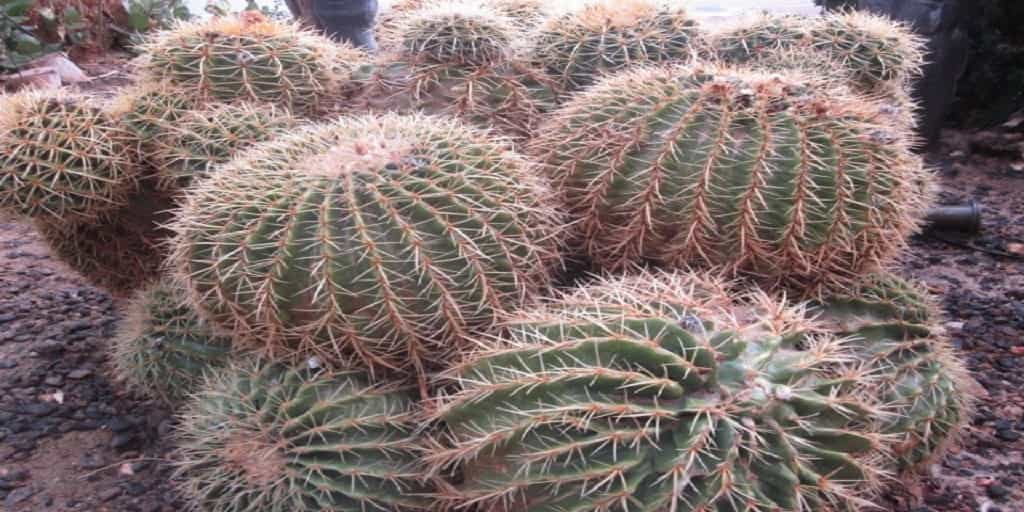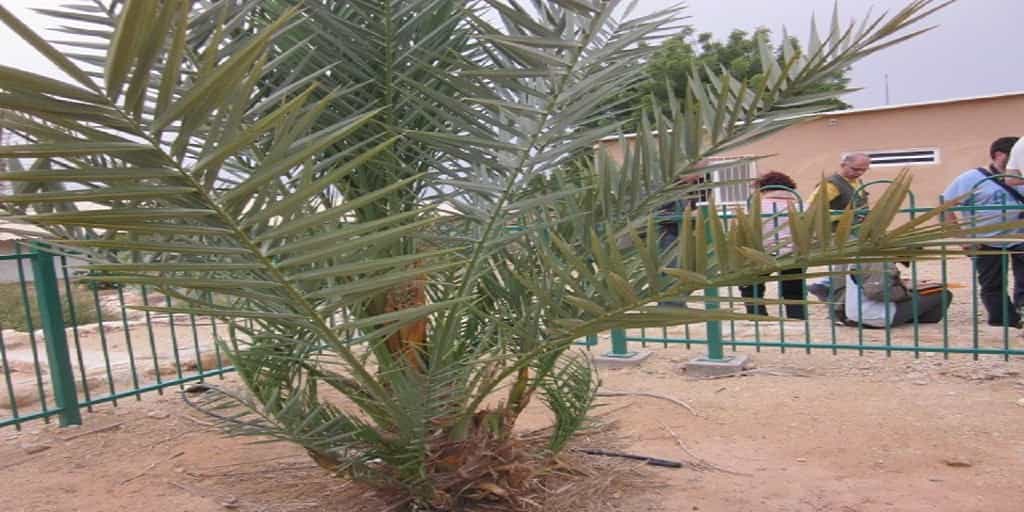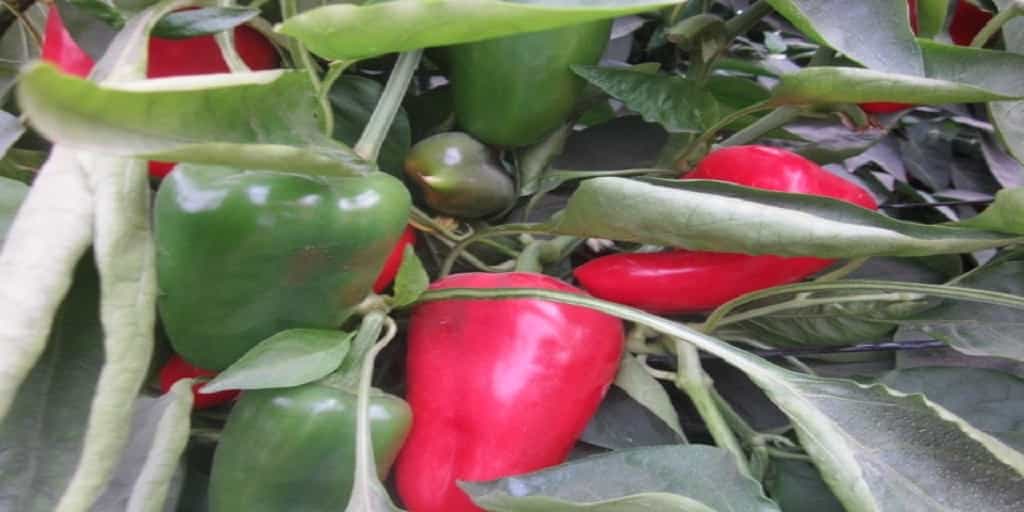As you may imagine (or maybe experienced), Israel is a hot country. Agriculture in Israel is not something you may think about a lot. After all, Israel is located in the Mediterranean and Middle East, half of the country is part of a strip of extreme desert that wraps around Planet Earth, and around 200 years ago it looked something like the picture below.
But would it surprise you it wasn’t always like that? And it isn’t like that today! How can that be?!

Agriculture in Israel during the Biblical Period
The Neolithic Period, way before the beginning of the TaNaKh (Old Testament, Jewish Bible) began 11,500- 5,600 BCE, and was a revolutionary time. It was during the Neolithic period that farming and peasant villages began. It was the first time people began to produce their own food. Producing their own food means agriculture, which leads to fully permanent settlements. Produce common to the area was grown, such as wheat.
These products were continuously cultivated through the Biblical Period. But it was also common during the Biblical Period to cultivate and seek Cedar Wood. One story tells of an Egyptian High Priest Wen Amon, who was sent to buy Cedar Wood from Byblos in Lebanon. This was a time when Egypt begins losing control in the region. Otherwise, Egypt would have had the cedar wood sent to them. Wen Amon arrived at Dor in Canaan, and took a break from his long journey. However, as he was looking around the city, someone stole his money and ran away. There was nothing for him to do to retrieve his money, and he was stuck in Dor. The cedar wood from this story is the same cedar wood used for Solomon’s Temple.
Ein Gedi has been an oasis in the middle of the desert for thousands of years. It is described in the Song of Songs: “My beloved to me is a spray of henna blooms from the vineyard of Ein Gedi.” Dates were cultivated here, as well as the dye for priestly clothing.
Ein Gedi is a complete Nature Reserve today to explore. You can also see many ancient sites were storage places were built for the produce to be kept.
Agriculture in Israel during the Hellenistic and Roman Periods
Olive presses and wine presses were popular during the Hellenistic and Roman Periods. Olive trees grow naturally in this part of the Mediterranean. Olives would be gathered and put into a circular grind, with one stone on top and a second underneath. A worker would push horizontal pillar that in turn spun the two stones and grinded the olives. After the olives would be place in bags that were then put under weights, pressing the liquids into channels for collection. Wine presses worked similarly.
Terrace Farming is another ancient form of farming in which wide terraces were created with a specific watering system. A water channel passed through the different terraces beginning in a pool at the top of the terraces. When the farmer wanted to water one section the channels of that section would only be opened. The channels to other sections would stay closed until the farmer wants to those sections. We aren’t sure when exactly this way of farming began, but we know that it is at least six hundred years old. There are communities who still use it today.
You can see these ancient olive presses in Beit Guvrin, areas outside of Jerusalem, and in northern Israel.

Agriculture in Israel during the Crusader Period
When the Crusaders came to the Holy Land, it was for many the first time they ventured out of their towns and surrounding area. This lead to the Crusaders experiencing a complete culture shock, including the food available for them to eat. The spices traded in the Holy Land came from places as far as Yemen and Iran, but none came from the European continent.
But there was one spice that through the Crusaders changed the Western world and its cuisine. Sugar. Sugar cane originates in the Far East. Farmers tried to grow it in Greece, but failed because the climate was too cold. Sugar cane was brought here by the Umayyad rule beginning in 638. There are descriptions of growing it along the coastal plain and possibly as far west as Jordan. Until European Christians came to the Middle East, they had sweetened their drinks with honey or carobs. When they saw the sugar cane growing in Lebanon, they tasted it and quickly became addicted.
The sugar cane stock can grow as tall as two meters (or 6.5 feet), and has a pink flower. The Crusaders began to make an exporting industry of sugar after conquering the land. They began by grinding the sugar cane, similar to a flour mill. After the product would be moved to a threshold where they would drain the liquid into a reservoir. Finally, the Crusaders would cook the sugar on a fire to make it white. During this process the water evaporated. Once cooled down, the sugar was packed up and sent to Europe. And the rest of the story of sugar in Europe is history.
You can see a Crusader sugar press alongside a wine press and oil press in Manot in northern Israel.
Agriculture in Israel during the Ottoman Period
During the Ottoman Period, the land of Israel was largely ignored. It was far away from the centralized powers and government in modern day Turkey. It was left alone, with small villages scattered throughout the land. The northern section of the land was sometimes swampy, and the south was a dry desert.
When the European Zionist community began arriving to the Land of Israel in 1882, they began to turn the country green. Zionists from Russia began building the cities of Rishon L’Tzion, Petach Tikva, Rosh Pina, and more. They built wells and agricultural fields. It was backbreaking work, and they didn’t always succeed. The second wave of Jewish immigration began in 1904, and it was then they began moving to the north to drain the swamps, and create farming collectives.
By 1917, when the Ottoman Period collapsed the Zionist movement had changed the landscaped of Palestine. You can see these collectives at Kibbutz Deganya, and the Deganya Bet Cemetery. You can see remains of the deswamping programs in near Caesarea.
Agriculture in Israel under the British Mandate
World War I ended with the fall of the Ottoman Empire and the Middle East falling under British and French Mandates. Once the British arrived to Palestine, the land underwent great development. Roads were paved, ports were deepened, trade was encouraged. Agriculture flourished during this time because water sources were developed. The Jewish population continued to work the land and make it bloom. In fact, they were so successful that when the United Nations Committee thought the flowers in the Negev were fake!
Agriculture in Israel in the modern State of Israel
Today there are many projects people in the agriculture industry are working towards. The projects range from water solutions, to renewing terrace farming, to vegan options to meat.
The Research and Development staff at the Yair Station in the Arava Desert researches how to grow vegetables in the desert. They have come up with several solutions, such as the trenches they build within their greenhouses. Once the trenches are built, they lay what is called a caterpillar barrier. It is a piece of plastic that keeps the water up in the ground of the plants.
The Yair Station brings natural pests to their grounds to work as bio control. This includes bumble bees, which are the Arava’s top pollinator.
Researchers look to how solve the challenges posed in growing certain vegetables. It is hard to find suitable land to grow peppers, so they added gravel beneath the sand to help with the shortage of proper soil. Peppers have become a huge export for Israel with 125 million kilos exported in 2013. Tomatoes need a lot of water, which the desert does not have. Their solution is implementing a drip irrigation system that applies water directly to the plant. The system developed by Simcha Bass can now be found around the world. Finally, eggplants cannot withstand extreme weather. Therefore, researchers don’t plant them in the summer in order to bypass that extreme heat.
These are just a few examples of just one place that works in the agricultural industry. There are many more!

What Can I Learn from Agriculture in Israel?
The history of agriculture in Israel, like many aspects in the country, has many chapters. Every time I think about what farmers, scientists, and researchers are doing today, I am inspired. They are taking a very difficult situation—growing produce and agriculture in desert conditions—and finding creative solutions. They don’t take ‘no’ for an answer. Because of their persistence and creative, they have invented amazing products, solutions, and produce.

These farmers, scientists, and researchers have lead the way in agriculture and technology so successfully, that they are helping countries around the world in similar situations. Drip irrigation is used around the world. It was invented in Israel. Cherry tomatoes are an international favorite… and invented in Israel. A special organization called “A Jewish Heart for Africa,” and others, bring Israelis to communities throughout African to help put water purification systems and solar panels in place.
And these Israelis aren’t stopping there! When we see how much damage humans have done to this planet, I, for one, am looking forward to seeing the next agricultural advancement Israelis find!





